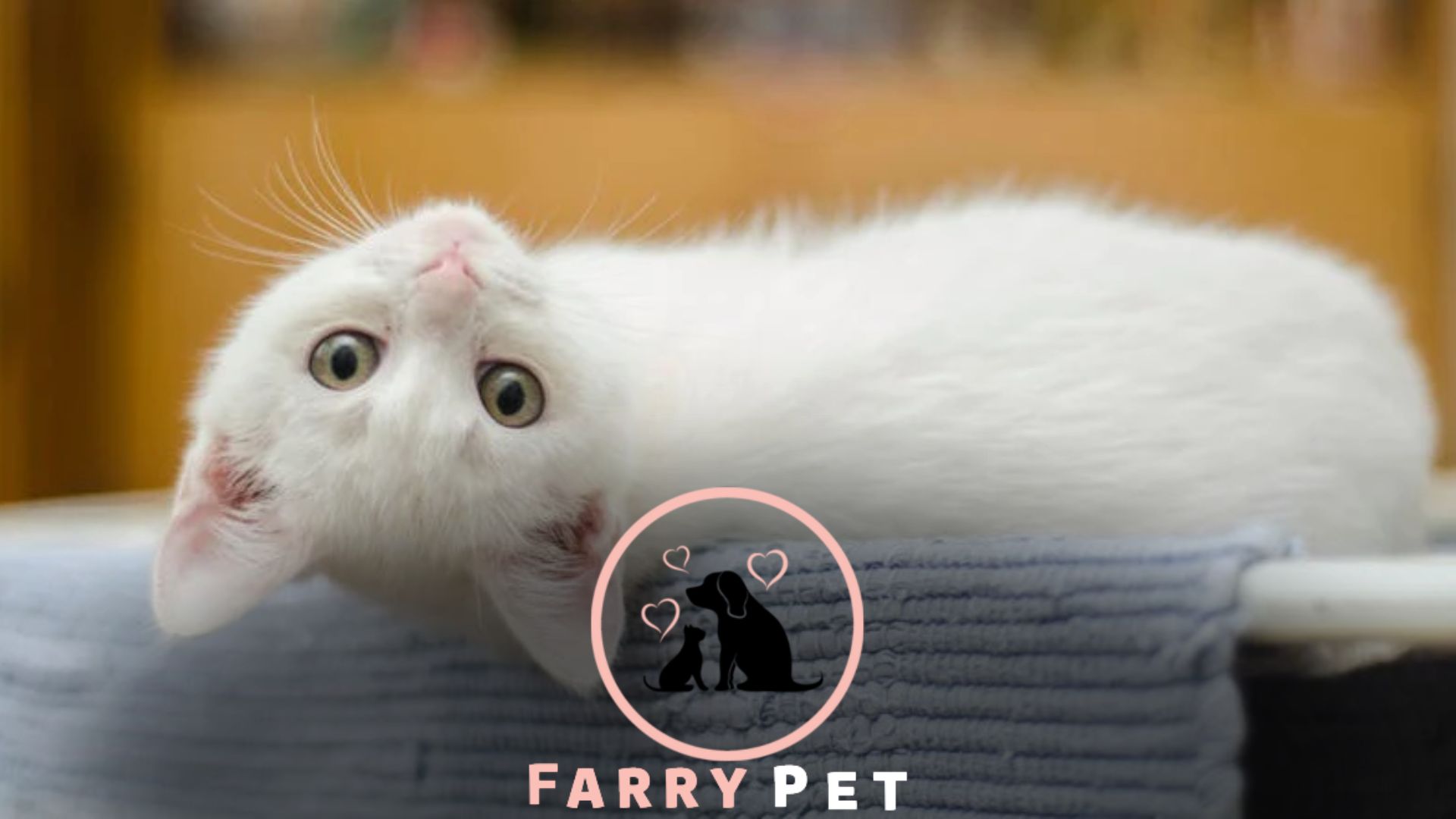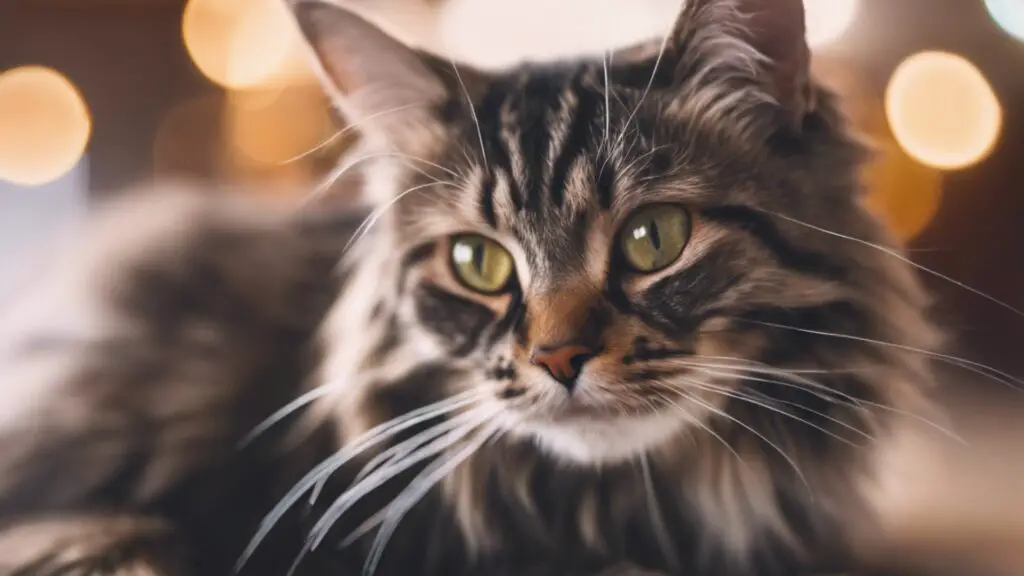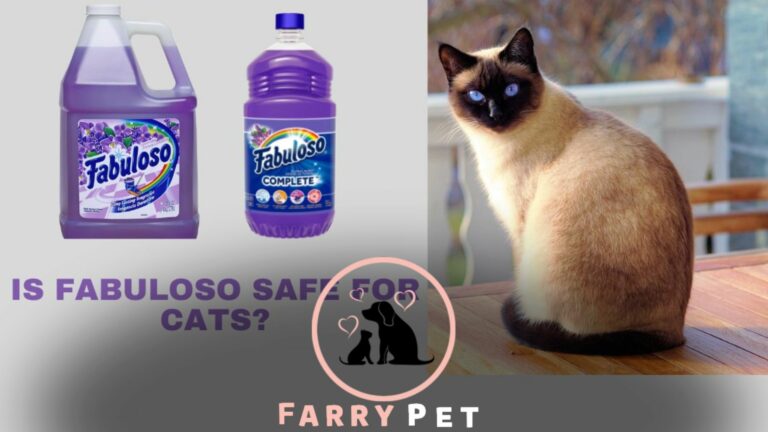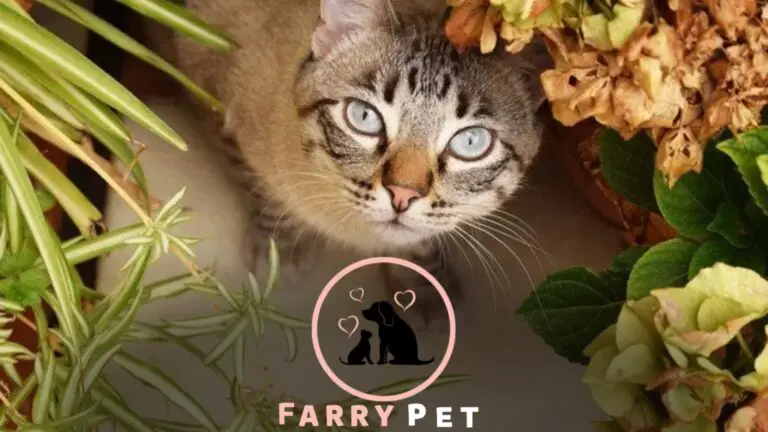
Cat’s whiskers curl when they are damaged or broken due to injury or illness. This can be a sign of a health issue.
Additionally, curling whiskers may occur as a natural part of the growth process and can be seen in kittens. Whiskers play a crucial role in a cat’s navigation and sensory perception.
They are highly sensitive and help cats detect changes in their surroundings, such as the presence of objects or prey.
If you notice your cat’s whiskers curling, it’s best to consult with a veterinarian to determine the underlying cause and provide appropriate treatment if necessary.
Understanding the importance of whiskers can help ensure your cat’s overall well-being. So, pay attention to their condition and seek professional advice if needed.
Understanding Whiskers: An Essential Feature of Cats
Whiskers are crucial in a cat’s life, serving as sensory tools. They help cats gauge their surroundings, navigate tight spaces, and assess objects.
Curling whiskers may signal a health issue or injury. Observe your cat for other symptoms that may accompany the curling whiskers, such as nasal discharge, sneezing, or changes in appetite.
If you notice any abnormalities, it is best to consult a veterinarian to determine the underlying cause.
Keep in mind that cats may also curl their whiskers when relaxed or content, so assessing your feline friend’s overall behavior and well-being is essential.
Understanding and monitoring your cat’s whiskers will improve their care and happiness.

Anatomy of Cat Whiskers
Cat owners often wonder why their feline friends’ whiskers curl. Understanding the anatomy of cat whiskers reveals their structure and composition. Whiskers are specialized hairs that grow from follicles embedded in the skin.
They have a strong, flexible core surrounded by blood vessels and sensory nerves.
As part of their growth cycle, whiskers continuously shed and regrow. This allows cats to maintain optimal sensitivity to their surroundings. Whiskers are crucial in a cat’s navigation, helping them gauge distances, detect prey, and explore their environment.
Observing the curling of whiskers can offer insights into a cat’s mood and provide clues about their overall well-being.
So, the next time you spot your cat’s whiskers curling, remember that it is a natural and fascinating part of their amazing physiology.
The Functionality of Whiskers
Whiskers play a vital role in a cat’s functionality. These sensory hairs act as a sixth sense for felines, aiding their navigation and exploration.
By detecting changes in air currents, whiskers provide valuable information about their surroundings. The length and curliness of a cat’s whiskers are specifically designed to help it gauge distances and squeeze through narrow spaces.
Additionally, whiskers serve as a means of communication among cats. When a feline is feeling threatened or aggressive, their whiskers may lie flat against their face.
Conversely, when feeling content and relaxed, their whiskers will extend outward.
So, the next time you notice your cat’s whiskers curling, consider it a sign of their adaptability and their keen ability to experience the world around them.
Common Whisker Abnormalities
Curling whiskers in cats can be caused by genetic factors, environmental factors, nutritional imbalances, and various medical conditions.
Genetic factors play a significant role in determining the shape and size of a cat’s whiskers, which may result in curling. Environmental factors, such as exposure to extreme temperature or humidity changes, can also lead to whisker abnormalities.
Additionally, nutritional imbalances caused by a poor diet can affect the health of a cat’s whiskers, causing them to curl. Medical conditions, including hormonal imbalances or infections, can further contribute to this issue.
If your cat’s whiskers are curling, it is important to consult a veterinarian to identify the underlying cause and seek appropriate treatment.
By addressing the root cause, you can help maintain your cat’s overall well-being and ensure the normalcy of their whiskers.
Diagnosing Whisker Curling
Curling whiskers in cats can be an indication of an underlying health issue. To diagnose whisker curling, it is important to pay attention to certain symptoms.
Firstly, observe the physical appearance of the whiskers. It could be a sign of trouble if they appear distorted or bent.
Secondly, keep an eye on any behavioral changes in your cat. Is your furry friend more irritable or avoiding regular activities? These alterations could be linked to abnormal whisker curling. Lastly, it is crucial to know when to seek veterinary help.
If the curling persists or is accompanied by other concerning signs, it is recommended to consult a professional. Early diagnosis and intervention can ensure your cat’s well-being and prevent potential complications.
Remedies for Whisker Curling Issues
Various factors can cause whisker curling in cats. One way to address this issue is by creating an enriched environment for your feline friend. This includes providing toys and activities to keep them mentally stimulated.
A balanced diet is essential for overall health and can help prevent whisker problems.
Regular grooming and maintenance of your cat’s whiskers is crucial. Gentle brushing can prevent tangling and curling. In some cases, medical treatment might be necessary.
Consulting with a veterinarian can help identify any underlying health issues contributing to curling your cat’s whiskers.
Addressing these factors can help your cat maintain healthy and straight whiskers.
Prevention and Care Tips for Whisker Health
Curling cat whiskers can be a sign of underlying health issues. To prevent this, regular monitoring of the whisker condition is essential.
Stressful situations should be avoided as they can negatively impact the health of the whiskers. Providing appropriate nutritional support is crucial to maintain healthy whiskers.
Maintaining a clean living space is important as it reduces the risk of infections or irritations. Keeping a close eye on the cat’s whiskers and ensuring their wellbeing is vital for their health and happiness.
Take proactive measures to prevent curling and maintain the health of your cat’s whiskers.
Conclusion
Understanding why your cat’s whiskers are curling is important for their overall health and well-being. These curved whiskers serve several purposes, including navigation, communication, and hunting.
When the whiskers become excessively curly, it could be a sign of underlying issues such as stress, hormonal imbalances, or nutritional deficiencies.
If you notice this change in your cat, it’s essential to observe their behavior for any accompanying symptoms and seek veterinary advice if necessary.
Remember to provide a stress-free environment, a balanced diet, and regular grooming to keep your cat’s whiskers in optimal condition.
By paying attention to your cat’s whisker health, you can ensure their comfort and happiness. Stay vigilant, and your feline friend will thank you for it.




![Why Are My Cat’s Paws Peeling? [Actual Reason]](https://farrypet.com/wp-content/uploads/2023/08/Why-are-My-CatS-Paws-Peeling-768x432.jpg)
![Are Glade Plug-Ins Safe for Cats? [Discover the Truth!!]](https://farrypet.com/wp-content/uploads/2023/08/Are-Glade-Plug-Ins-Safe-for-Cats-768x432.jpg)
